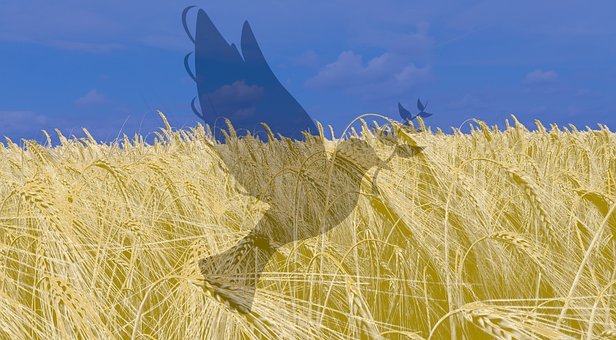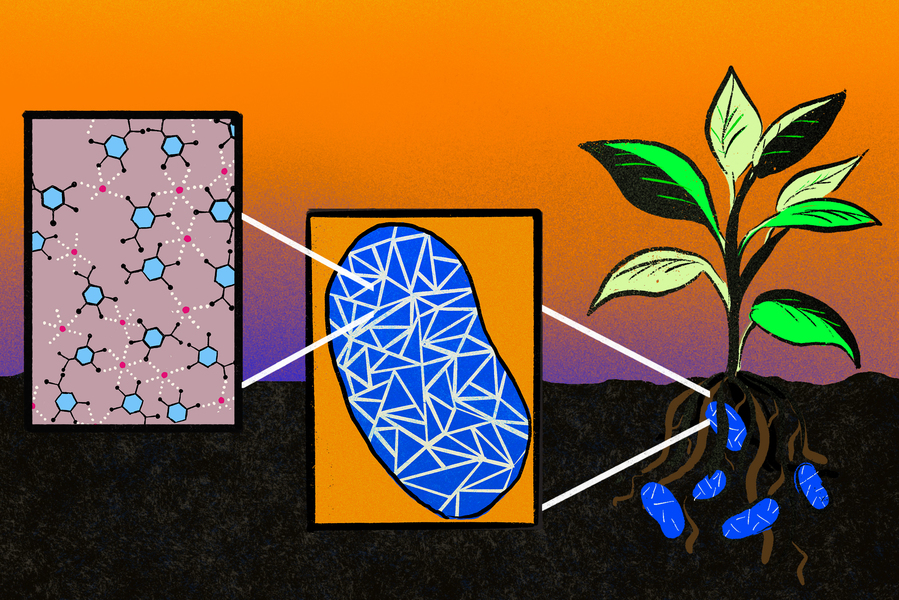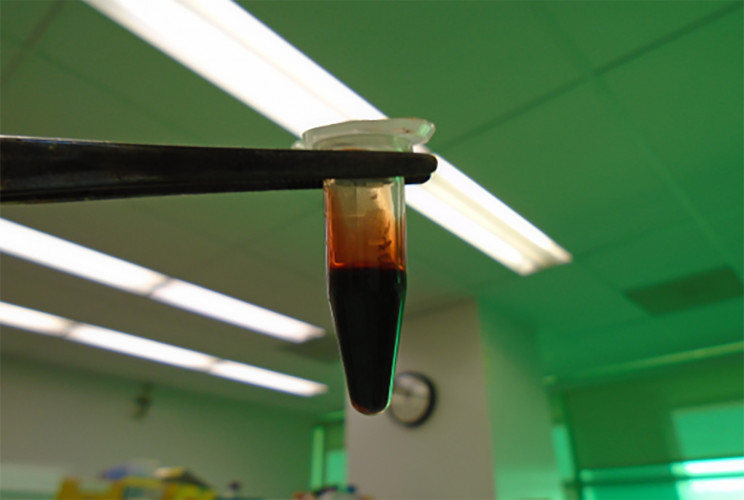Ever wondered how the world looks like through the eyes of animals? Thanks to innovative new software by the scientists from the University of Queensland and the University of Exeter. This may soon give us a chance to “see” the world through the eyes of animals.
So far, it has been difficult to figure out how animals really saw the world. Some animals even if they are partially colorblind, some aspects of their vision are superior to humans. Most animals have different visual systems. So it is unclear how different species see complex visual information or color patterns. To make this clear, researchers have developed Quantitative Color Pattern Analysis (QCPA).
PhD candidate Cedric van den Berg from UQ’s School of Biological Sciences explained, “The Quantitative Colour Pattern Analysis (QCPA) framework is a collection of innovative digital image processing techniques and analytical tools designed to solve this problem.”
Dr Karen Cheney from University of Queensland explained that this framework can be applied to a wide range of environmental conditions and visual systems. She said, “The flexibility of the framework allows researchers to investigate the colour patterns and natural surroundings of a wide range of organisms, such as insects, birds, fish and flowering plants,”
“For example, we can now truly understand the impacts of coral bleaching for camouflaged reef creatures in a new and informative way.”
“We’re helping people — wherever they are — to cross the boundaries between human and animal visual perception.”
“It’s really a platform that anyone can build on, so we’re keen to see what future breakthroughs are ahead.”







